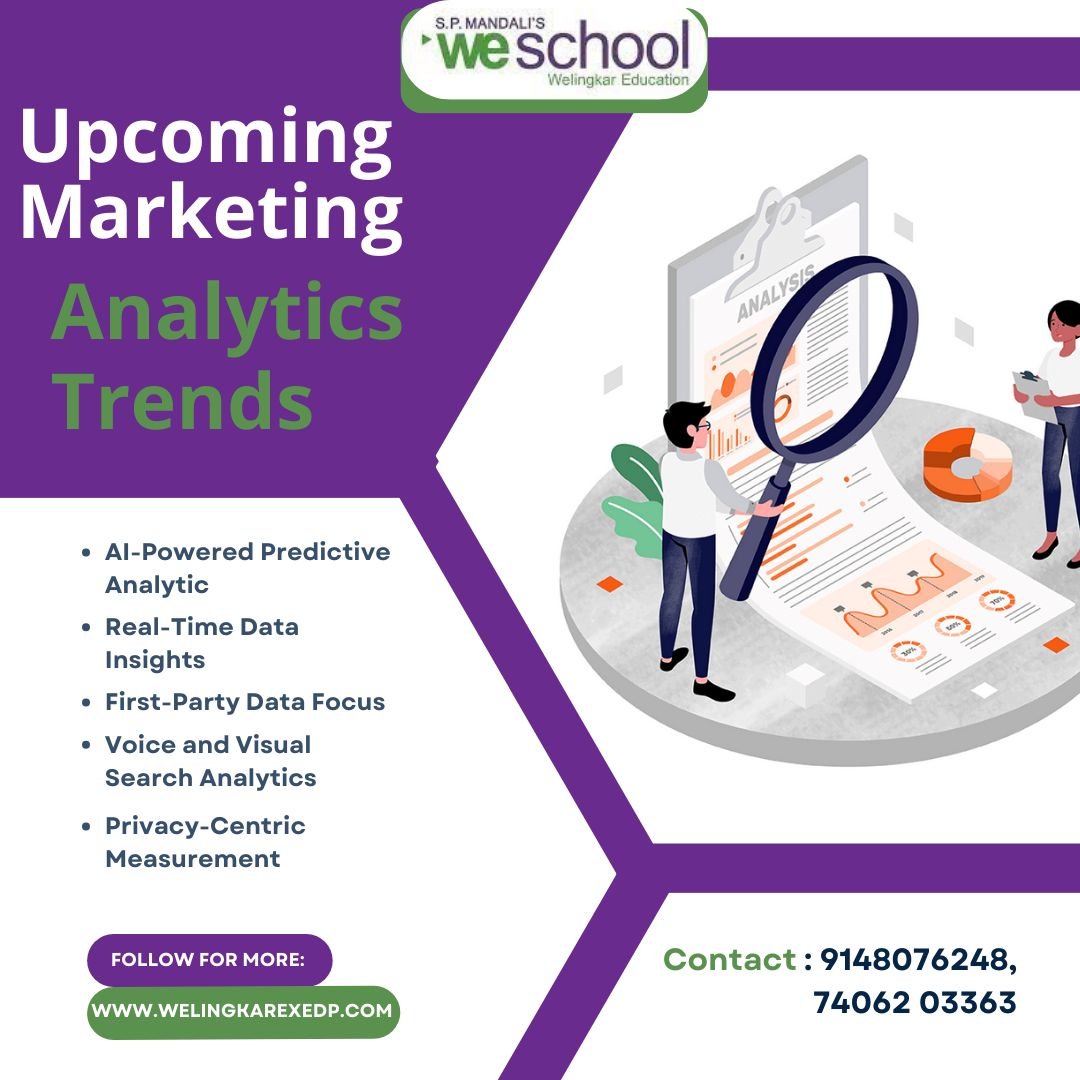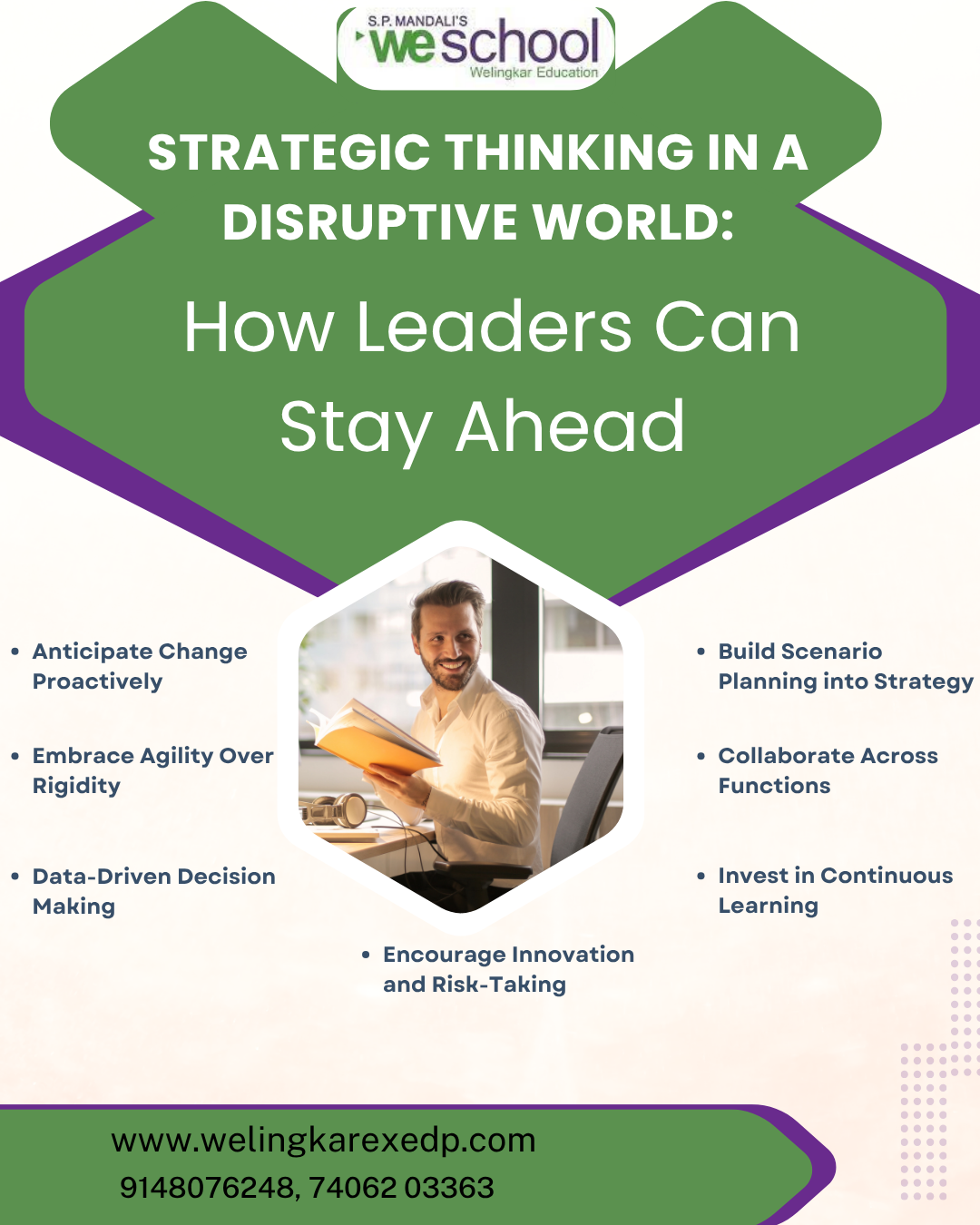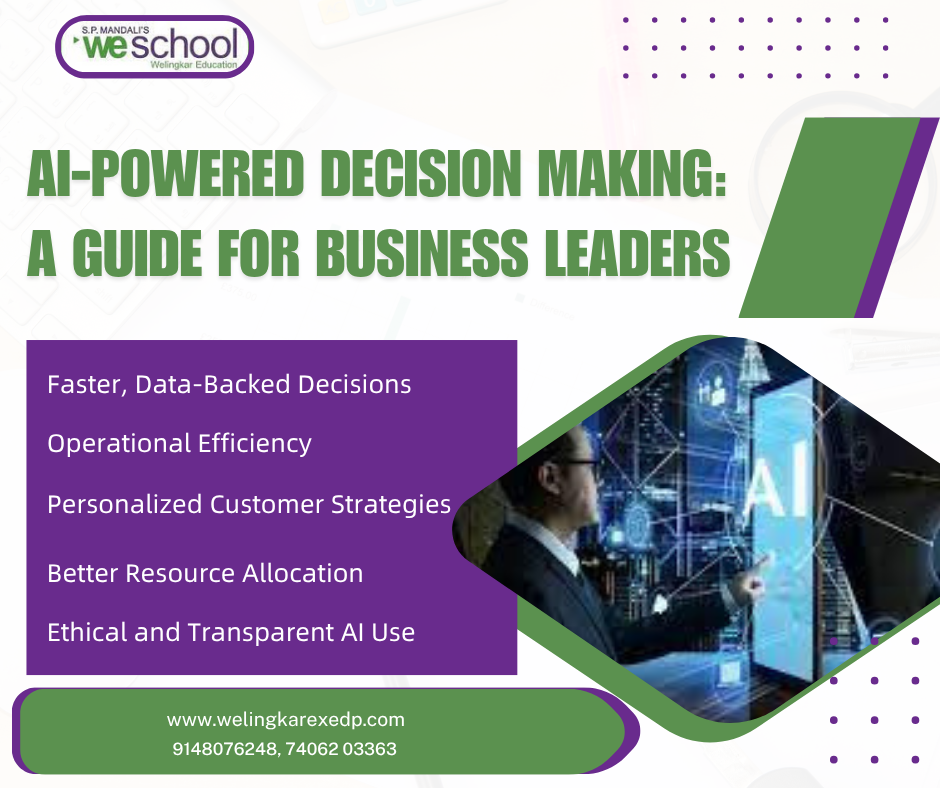Why Business Strategy Is Crucial for Future Leaders
Nowadays, the vision is not sufficient in the world of uncertainty and rapid change. Calculated, flexible decision-making is required to lead teams, handle crises, and capture opportunities at the appropriate time. That is why the role of business strategy has become the focus of leadership in any industry.
The only way future leaders can succeed is to learn to be strategic leaders, and such a notion entails critical thinking, long-term planning, and cross-functional teamwork. It is the act of aligning day-to-day decisions in the context of long-term objectives, and it must be done in a nimble, compassionate, and futuristic manner.
What Is Business Strategy and Why Does It Matter?
Business strategy is the plan a company uses in realizing its long-term objectives. It establishes which markets are to be targeted, how the customers are to be served in a better manner, and where to invest resources. However, to leaders, strategy is not a document. It is the way of thinking.
Those professionals who comprehend the significance of business strategy are in a better position to deal with change, risk management, and to make sure that their teams are also adding value to the expansion of an organization.
Regardless of whether you work in marketing, HR, operations, or finance, strategy enables you to relate what you do to the larger picture. It makes sure that you are not only working harder, but smarter, with impact.
The Role of Strategic Leadership
Good leaders do not simply respond to what they see. They anticipate. They plan. They course-correct. That is strategic leadership in a nutshell, one of the fundamental skills that anyone who wants to climb up the managerial ladder today needs.
Such leaders:
- Look at challenges as innovation opportunities.
- Make the team’s objectives aligned with the company vision.
- Be clear at every level.
- Create an atmosphere of responsibility and performance.
Leadership that lacks strategic thinking is tactical, short-sighted, and reactive. However, leaders who know how to combine foresight with action create actual change.
Why Future Leaders Must Think Strategically
Business is a changing world. The disruptive influence is technology, markets, policy, and even customer expectations. In such a setting, functional expertise is not sufficient.
That is where the worth of business strategy comes in:
- It allows quicker and superior decision-making.
- It assists practitioners in setting priorities on the most important initiatives.
- It offers a structure of trade-offs.
- It makes people, resources, and goals aligned.
We, as the future leaders, will not only be expected to deliver results, but also do so in a sustainable, ethical, and strategic way. In the absence of that, leadership initiatives may be aimless.
Real-World Benefits of Strategic Leadership
In all sectors, companies are spending on the creation of leaders who comprehend strategy, not execution. The reason? Strategic thinkers:
- Plan and expect risks.
- Learn to distribute budgets.
- Do not only give their teams goals, but also inspire them with a vision.
- Attend to the growth and uncertainty in a balanced manner.
Strategic leadership brings unity among the departments, motivates innovations, and opens the doors to untapped growth.
Top Scenarios Where Strategy Defines Leadership Success
Now, let us consider some of the scenarios that are high impact, and knowledge of the importance of business strategy can make a leader shine in them:
1. Crisis Management
In the event of markets crashing, supply chain collapsing, or big clients churning, a strategically minded leader will remain composed, collect facts, and make the decisions needed to safeguard the long-term value of the organization.
2. Scaling Operations
As a fast-growing organization without a proper strategy, confusion and burnout may occur. However, strategic leaders think about scalability, and teams and systems expand without any hitches.
3. Entering New Markets
Strategy determines whether a company needs to enter into a new geography, what pricing model to use, or how to localize services, which directly affects success.
4. Talent Planning
An effective plan helps individuals match tasks with those that they can make the most difference. The strategic leaders are also in a better position to plan hiring, reskilling, and restructuring teams.
What Skills Enable Strategic Leadership?
To become a good strategic leader, professionals should develop:
- Analytical Thinking- Interpretation of data to make decisions.
- Systems Thinking -The knowledge of how an action affects the entirety.
- Visioning– Having the ability to look at the big picture and express it well.
- Flexibility– Revising plans with the changing circumstances.
- Collaboration – Involving different work teams in alignment of goals.
And most importantly, it is all about being proactive, not reactive.
Building Strategic Capabilities Through Learning
It is not something we fall into in the development of strategic capability. It needs systematic learning, practical case studies, and simplified frameworks.
This is why the best Leadership Courses focus on strategic thinking. Such programs assist professionals to assess both internal and external forces, construct business models, and coordinate operations with long-term value creation.
How Welingkar Prepares You for Strategic Leadership
Welingkar Institute of Management Development and Research is reputed to combine strategy, innovation, and real-world relevance in its executive programs. Combining Design Thinking, simulation-based learning, and real business frameworks, students will be taught to think and act strategically on the first day.
To the people who are serious about growth in leadership, the curriculum of Welingkar does not simply create knowledge; it establishes a strategic mindset. The participants are exposed to strategy development through working on real industry cases, collaborative projects, and leadership labs.
Conclusion
The future is for those who are visionary, rational, and flexible. That is what strategic leadership is about. The new normal is disruption, and in such a world, people who comprehend the value of business strategy will be the ones leading the change, not just the followers.
At the mid-career stage, professionals should no longer be satisfied with functional mastery; they should implement strategy as one of the leadership pillars.
Develop your career in leadership by learning strategy in the best programs of the Welingkar Institute of Management Development and Research.
FAQs
Can professionals from non-business backgrounds learn strategic leadership?
Absolutely. Strategy is a skill that can be learnt. Strong strategic thinking capabilities can be achieved through structured programs and practical exposure, even by a professional in any discipline.
How does business strategy impact leadership roles?
An effective business plan provides a clear guide to the leaders. It assists in decision making, resource distribution, and value creation throughout the organization.
Are there learning programs focused on strategy and leadership?
Yes. Most Leadership Courses and executive programs aim at guiding professionals to learn the value of business strategy and how to implement it in their professions.









